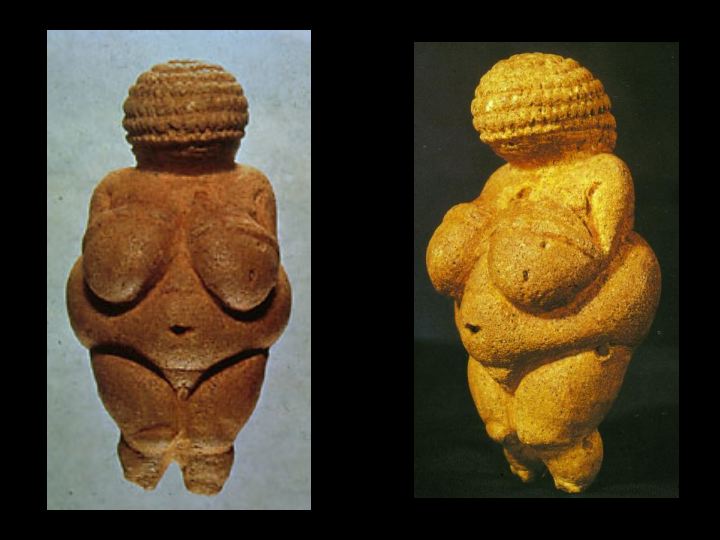Quote:
|
Originally Posted by analog
Actually, going further back than that, being fat/overweight/plump/whatever was a point of pride because it simply meant you were wealthy- you had more than enough food to eat. in the time period you reference, the reason that the fuller women were sought out is because they were believed to be healthier, since it appeared they ate well or even if they didn't, they still maintained what was considered a "healthy" weight. Skinny women were considered unhealthy because it was believed/accepted that they did not eat well, and were therefore would not be as nutritive an environment for a baby to grow in. Also, the skinny women usually had narrower hips- and they knew well enough back then that the wider the hips, the more successful the chance of live birth.
|
From what I can gather in my readings, the 'fat' ideal as a sign of wealth has been seen in some cultures, but not any western ones. Ruben's is often cited as proof that larger women were the ideal at some point, but Ruben's like to paint extremes in human forms, from overly muscled to completely obese and should not be considered a yard stick for the likes/dislikes of his day. Looking at the art of the western world from the ancient Greeks on up, beautiful women were all 'thin', not Paris chainsmoking model thin, but no excess fat either.
Larger hips vrs narrow hips is also a valid observation, but apparently its manifested in the breast/waist/hip ratio in terms of what is considered appealing, the cliche 'hour glass' figure does have basis in reality. At no point has a woman with a big belly been considered the stereotypical idea in the west.
Edit: Well unless you count this period....
